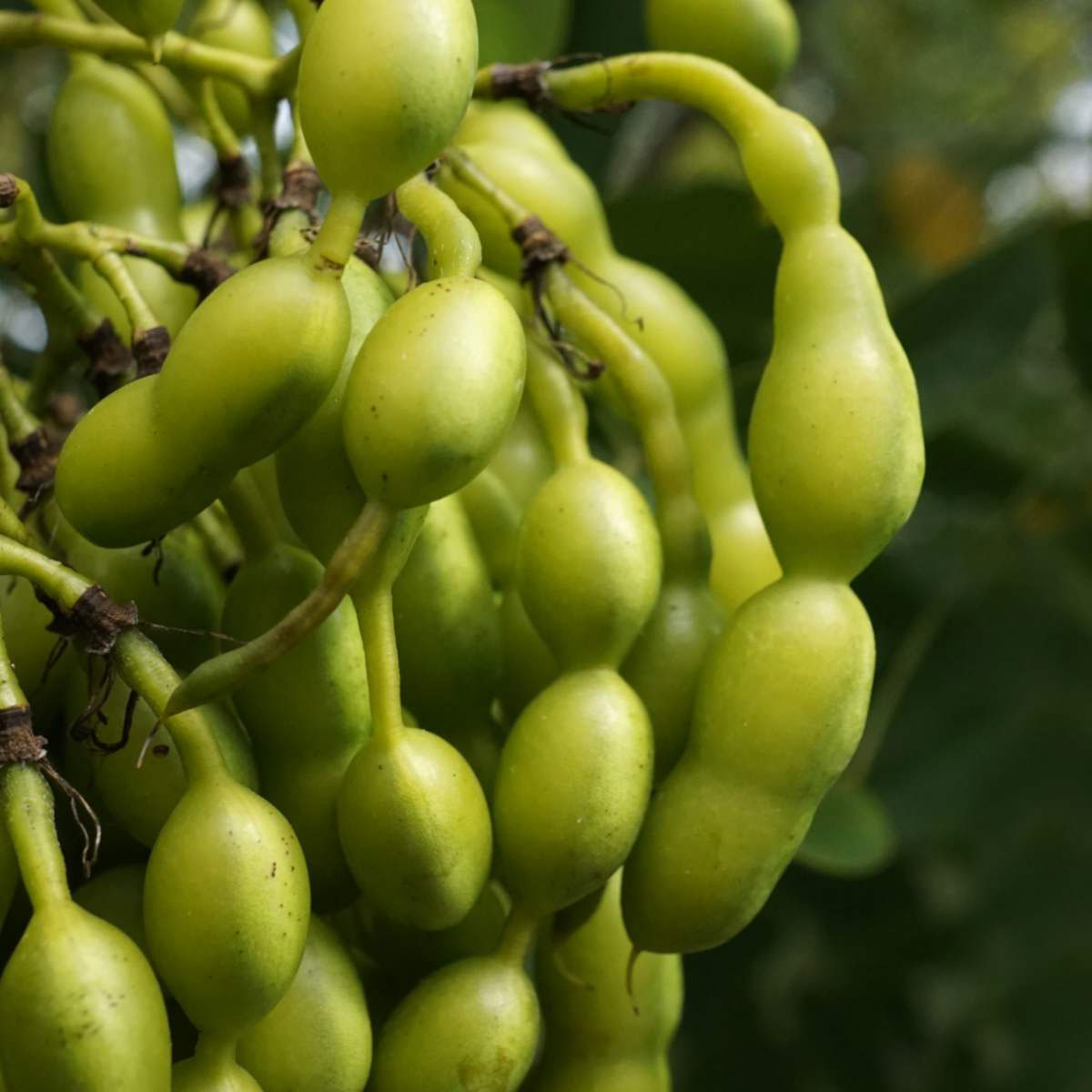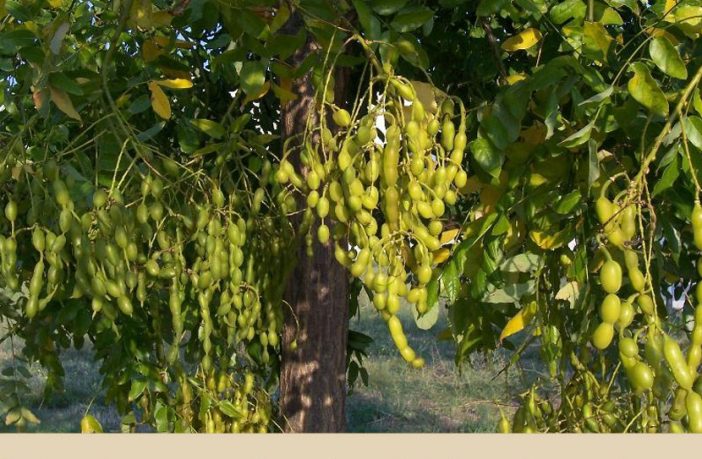japanese pagoda tree edible
Elegant upsweeping branches hold an abundance of bright green foliage during the warm months. Japanese Pagoda Tree Has drought tolerance.
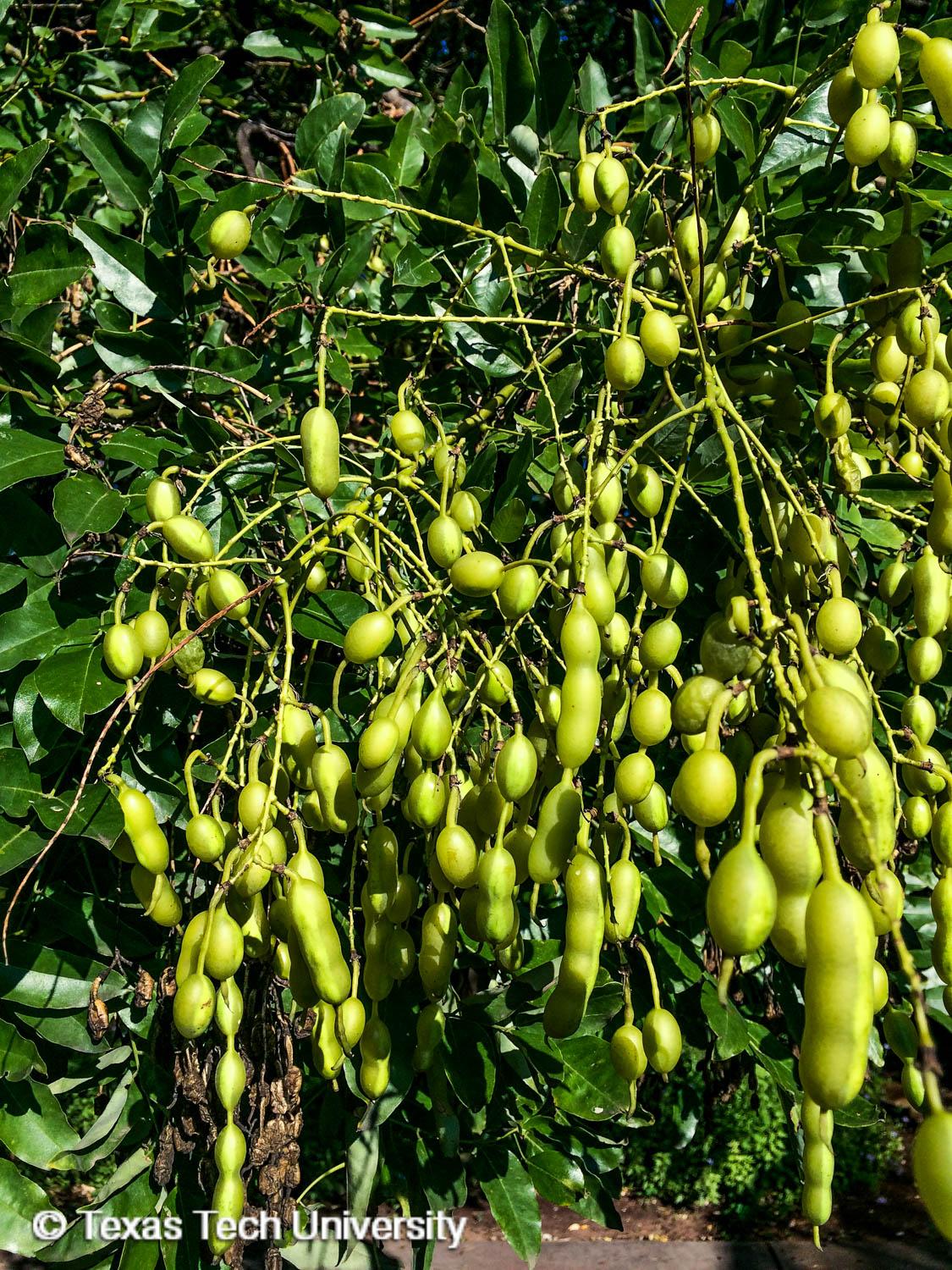
Japanese Pagoda Tree Plant Resources Home Ttu
The leaves can also be made into tea and an edible starch is obtained from the seed.
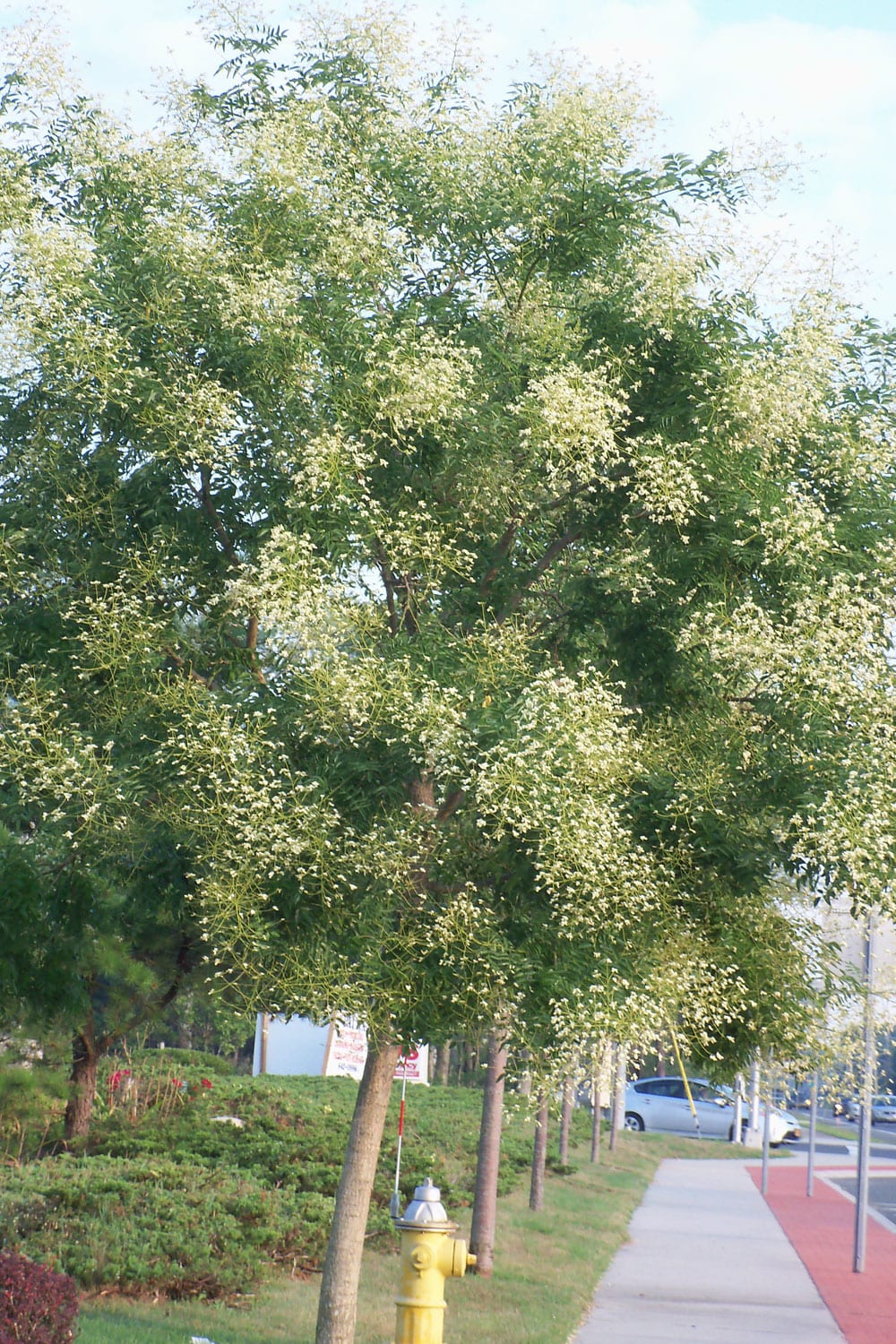
. It is a medium to large deciduous tree that typically matures to 50-75 less frequently to 100 tall with a broad rounded crown. Vigorous Has hardiness zone. Dissolve 12 teaspoon of fertilizer in 1 gallon of water and apply the.
50 - 82 Other. Widely Cultivated as a Subtropical Ornamental and for the Edible Fruit Displaces Native Trees and Shrubs Native to China and Japan Mimosa Silk Tree Albizia julibrissin Invasive Exotic Tree Height is to 40 ft. Huai Hua Mi Japanese Pagodatree Pods.
The leaves are a rich source of rutin they contain much more than the usual commercial source buckwheat Fagopyrum esculentum 174. Leaves are compound with 7-17 pinnate bright green leaflets. Information About Pagoda Tree.
In shade feed a pagoda plant once every two weeks with soluble fertilizer with an N-P-K number of 15-15-15 or 12-12-12. Fluffy Pink Flowers. It is a medium to large deciduous tree that typically matures to 50-75 less frequently to 100 tall with a broad rounded crown.
Best used for High Blood Pressure. 5 Has lifecycle type. Increase the frequency to weekly for a plant in full sun.
The Japanese pagoda tree is known for its fragrant flowers and attractive foliage. A pagoda plant is a moderately heavy feeder during summer especially if it is in full sun. Flowers fall together in midsummer creating a fragrant blanket of white around the tree.
They provide the perfect backdrop for the flower power right around the corner. Regent rapid growth profuse. Styphnolobium japonicum previously Sophora japonica popularly known as the Japanese pagoda tree Chinese scholar tree or pagoda tree is a species of plant in the subfamily Faboideae in the Fabaceae Leguminosae Pea family.
If you do pot the pagoda plant keep in mind its need for fertile well-draining soil. Sheng Huai Jiao Japanese Pagodatree Immature Fruit. Japanese Pagodatree Fruit.
Each pod produces between 1 and 6 brown beanlike seeds. Huai Jiao Japanese Pagodatree Fruit is cold in nature. Flowers Leaves and Unknown part Has edible use.
The modifying action of the Japanese pagoda tree Sophora japonica and pantocrine in radiation lesions. Tolerant Has edible part. Hermaphrodite Has growth rate.
Tips On Growing Japanese Pagodas. Unknown use Rutin and Tea Has environmental tolerance. It grows up to 20 M.
While some parts of the pagoda tree are edible the peas are toxic and should not be consumed. Tolerates drought Native range. Studies on the interaction of the Sophora japonica lectin and concanavalin A with erythrocytes and lymphocytes.
Studies on the interaction of the Sophora japonica lectin and concanavalin A with erythrocytes and lymphocytes. Perennial Has material part. 50 - 70 Site characteristics.
It is generally cultivated for its attractive compound foliage and fragrant late. The Japanese pagoda tree is often called the Chinese scholar tree. Drought Has fertility type.
Despite its name the Japanese pagoda tree is native to China and was introduced to Japan where it is commonly found on the grounds of Buddhist temples. Japanese Pagoda Tree Plant Resources Home Ttu It produces an abundant display of yellowish-green flowers in spring and pinkish-red berries in summer. The perfect Japanese garden isnt complete without a Millstone Jpanaese Pagodatree Sophora japonica Halka intermingled with the maples.
This seems more appropriate since the tree is native to China and not Japan. While pagoda plants are most commonly planted directly in the ground you can choose to plant them in a pot. Japanese pagoda tree Fabaceae legume family peas Styphnolobium affine.
The flowers buds and fruit are used in traditional medicine. Insects Has flowers of type. The fruit of the pagoda tree is a yellowish bean-shaped pod narrow between seeds like a string of beads.
It offers frothy flowers when in season and fascinating and attractive pods. The confusing name Japanese pagoda tree Styphnolobium japonicum of this Chinese native is likely the only thing that will make you question this stunning treeA Japanese pagoda tree also called Chinese scholar tree is perfect if you live in an urban setting are looking for a flowering shade tree or are planning a Japanese gardenThe Japanese pagoda tree is. Japanese pagoda tree Styphnolobium japonicum also called Chinese scholar tree tree of the pea family Fabaceae.
Princeton Upright upright. Japanese Pagodatree is a tree. Styphnolobium japonicum.
The plant is important in traditional medicine and its leaves and flowers are edible. Dried flowers contain anti-hemorrhage and anti-hemostatic attributes. The branches can also add interest in the winter after the leaves have.
Spring Rain Pagoda Fountain 4175 High 78500 Pagoda Garden Statue 105 High Cement 16500. Trees Loquat Eriobotrya japonica Invasive Exotic Tree Height is to 25 ft. An edible starch is obtained from the seed 183.
Pagoda tree Styphnolobium japonicum is a plant found in China Japan and Korea. It is generally cultivated for its attractive compound foliage and fragrant. Sophora japonica commonly called Japanese pagoda tree or Chinese scholar tree is native to China and Korea but not Japan.
Nara Temple Asian Garden Pagoda Resin Sculpture 14400. The fruits mature in autumn and often continue to hang down in the winter. The edible effects of Japanese Pagoda Tree Japanese Pagoda Trees Styphonlobium japonicum can cool blood and stop bleeding clear liver decrease internal heat anti-inflammatory anti-edema anti-ulcer lower blood pressure and other effects.
The Japanese pagoda tree Sophora japonica or Styphnolobium japonicum is a showy little shade tree. This seems more appropriate despite the Japanese reference in its scientific names since the tree. Flowers resemble typical pea flowers and grow in showy creamy white clusters with a lovely fragrance.
Attractive cream-colored flowers in late July. Potting and Repotting. A tea can be made from the young leaves and flowers 183.
It grows in a tropical climate. One advantage to potting a pagoda plant is the ability to control the reproduction of this plant through rhizomes. Pagoda tree contains chemicals similar to.
Every year we sell over a million hedging plants. Clay loam sandy soils. Styphnolobium japonicum commonly called Japanese pagoda tree or Chinese scholar tree is native to China and Korea but not Japan.
Japanese Pagodatree Flower. The Japanese pagoda tree is often called the Chinese scholar tree. In addition to landscaping the pagoda tree s flowers have medicinal qualities.
The ovaries before the flowers open contain up to 40 rutin 218. The modifying action of the Japanese pagoda tree Sophora japonica and pantocrine in radiation lesions. 5b - 9a Wetdry.
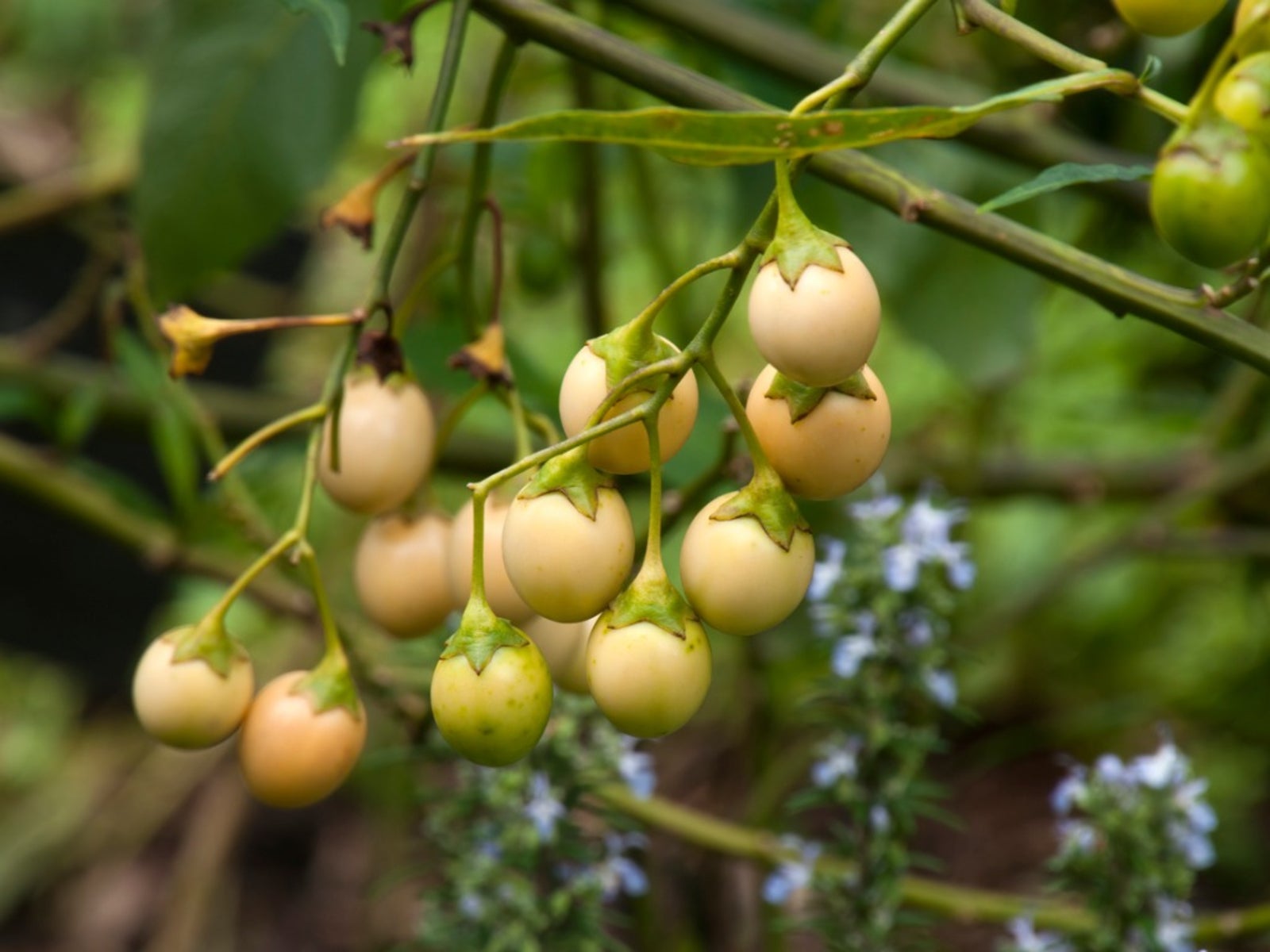
Propagating Kangaroo Apple Learn About Kangaroo Apple Plants
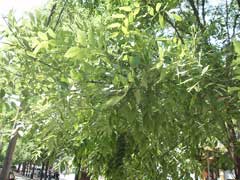
Sophora Japonica Japanese Pagoda Tree Scholar Tree Pfaf Plant Database
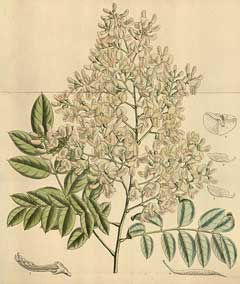
Sophora Japonica Japanese Pagoda Tree Scholar Tree Pfaf Plant Database

The Japanese Pagoda A Late Summer Flowering Tree Tbr News Media
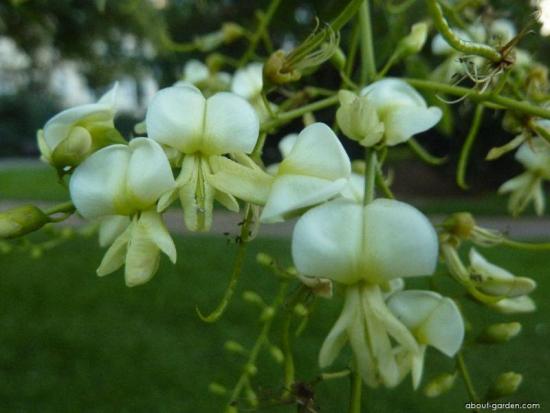
Japanese Pagoda Tree Scholar Tree Yale Nature Walk
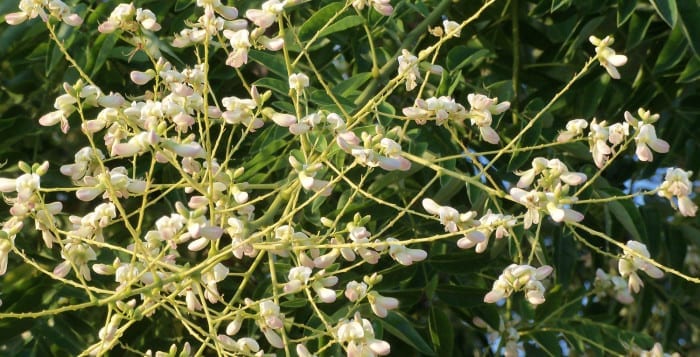
The Japanese Pagoda A Late Summer Flowering Tree Tbr News Media
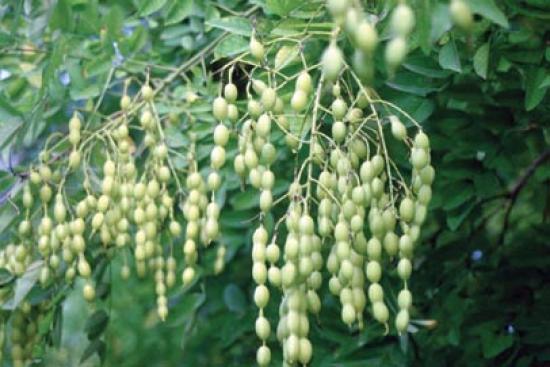
Japanese Pagoda Tree Scholar Tree Yale Nature Walk
Japanese Pagoda Tree Becoming Popular In U S Cities What Grows There Hugh Conlon Horticulturalist Professor Lecturer And Gardener

The Japanese Pagoda A Late Summer Flowering Tree Tbr News Media

Japanese Pagoda Tree Seed Pods Umbrella Tree Tree Seeds Japanese Pagoda
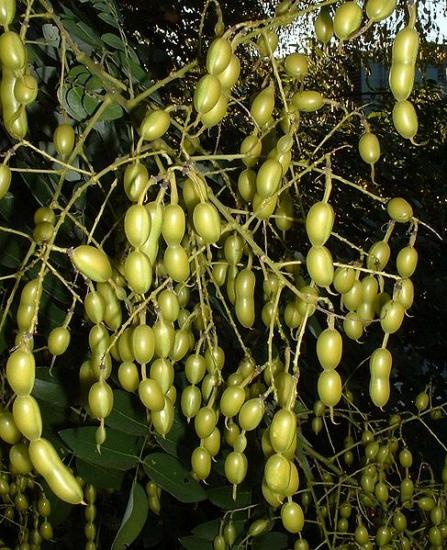
Japanese Pagoda Tree Scholar Tree Yale Nature Walk

Sophora Japonica Huai Hua Mi Proven Herbal Remedies
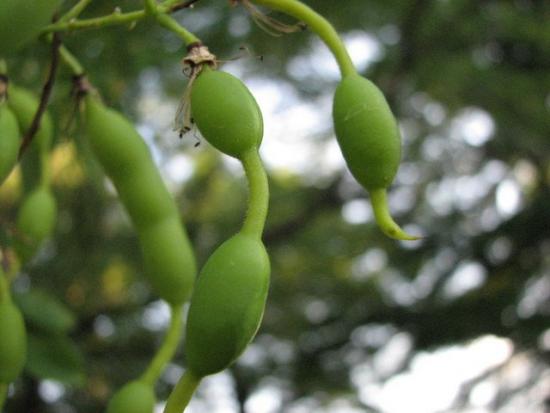
Japanese Pagoda Tree Scholar Tree Yale Nature Walk

20090923 24 Green Fruits On A Pagoda Tree Styphnolobium J Flickr
Japanese Pagoda Tree Becoming Popular In U S Cities What Grows There Hugh Conlon Horticulturalist Professor Lecturer And Gardener

Reforestation And The Medicinal Uses Of Trees Liliana Usvat Research Japanese Pagoda Tree Sophora Japonica Nitrogen Fixing Trees Medicinal Uses
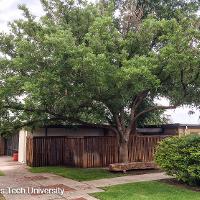
Japanese Pagoda Tree Plant Resources Home Ttu
